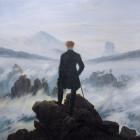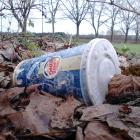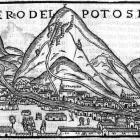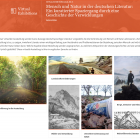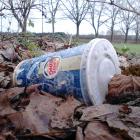“Challenges and Opportunities in Scaling Up Ecosystem Restoration”
Katharine Suding, plant ecologist and professor at the University of Michigan, outlines the scaling of ecosystem restoration and how scaling is affecting the very notion of restoration in this presentation at the Latsis Symposium 2018.






